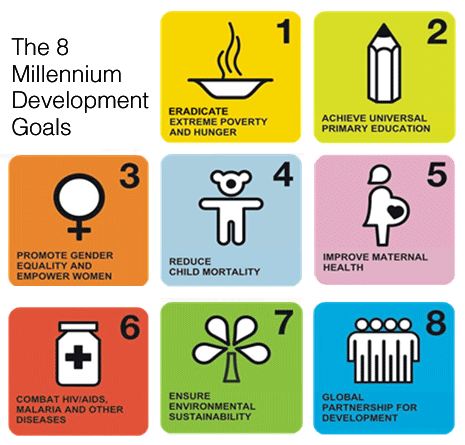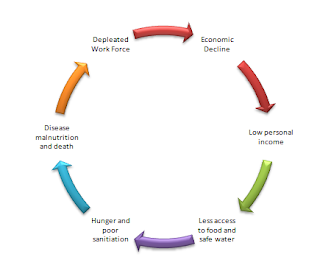Human dignity
Belief in the inherent dignity of the human person is the foundation of all Catholic social teaching. Human life is sacred, and the dignity of the human person is the starting point for a moral vision for a moral vision for society.
The principle of human dignity is grounded in the idea that the person is made in the image of God. The person is the clearest reflection of God among us. We are required to honour the human person, to give priority to the person.
Community and the Common Good
In a culture driven by excessive individualism, our tradition proclaims that the person is not only sacred but also social. Human dignity can only be realised and protected in the context of relationships with the wider society.
How we organise our society -- in economics and politics, in law and policy -- directly affects human dignity and the capacity of individuals to grow in community. Everyone has a responsibility to contribute to the good of the whole society, to the common good.
Rights and Responsibilities
Human dignity can be protected and a healthy community can be achieved only if human rights are protected and responsibilities are met. Every person has a fundamental right to life and a right to life and a right to those things required for human decency - starting with food, shelter, clothing employment, health care, and an education.
Option for the Poor and the Vulnerable
A basic moral test of society is how it treats its most vulnerable members. The poor have the most urgent moral claim on the conscience of the nation.
The obligation to evaluate social and economic activity from the viewpoint of the poor and the powerless arises from radical command to love one's neighbour a one's self.
The option for the poor is an essential part of society's effort to achieve the common good. a healthy community can be achieved only if it's members give special needs, to those with special needs, to those who are poor and on the margins of society.
Participation
All people have a right to participate in the economic, political, and cultural life of society. It is a fundamental demand of justice and a requirement for human dignity that all people be assured a minimum level of participation in the community.
It is wrong for a person or group to be excluded unfairly or to be unable to participate in society.
Dignity of Work/Rights of workers
The economy must serve people, not the other way around. All workers have a right to produce work, to decent and fair wages, and safe working conditions. They also have a fundamental right to organise and join unions.
Stewardship of Creation
Catholic tradition insists that we show our respect for the creator by our stewardship of creating. The goods of earth are gifts from God, intended for the benefit of all.
Global Solidarity
Catholic social teaching proclaims that we are our brothers’ and sisters’ keepers, where ever they live. We are one human family, whatever our national, racial, ethnic etc. views.
Constructive Role for Government
Because we are social beings, the state is natural to the person. Therefore the state has a positive moral function. It is an instrument to promote human dignity, protect human rights, and build the common good.
Promotion of Peace
Catholic teaching promotes peace as a positive, action-oriented concept. In the words of Pope John Paul II, “Peace is not just the absence of war. It involves mutual respect and confidence between peoples and nations. It involves collaboration and binding agreements.”

1. List the 5 issues social justice aims to cover.
5 issues social justice aims to cover are poverty, child labour, refugees, homelessness, hunger.
2. In your own words explain what is meant by human dignity.
Human dignity is the belief that every human life is valuable and sacred. It is the respect for yourself.
3. What is meant by a moral vision for society?
It is a moral goal that the society will function so that everyone behaves appropriately and so that no one is talked advantage of.
4. This of the 5 issues relates to human dignity
I think all 5 issues relate to human dignity.
5. Give an example of a community that you are a part of.
We are a part of the Stella Maris College community.
6. How is this community both Sacred and Social?
We are a catholic girl’s college and are religiously important.
7. What is the major test of a moral society?
A major moral test for society is sickness, and the poor.
8. In what way does the community look after the poor?
The community has Vinnie’s, Oasis, Mission Beat, Caritas, Meals on Wheels and Soup Kitchens etc.
9. What are every human’s fundamental rights?
Every person has a fundamental right to life and a right to those things required for human decency- starting with food, shelter, and clothing employment, health care, and education.
10. What is the role of the Government in maintaining human rights?
The state has a positive moral function. It is an instrument to promote human dignity, protect human rights, and build the common good.
11. Who is responsible for assisting the government to achieve its goals?
All people are responsible.














